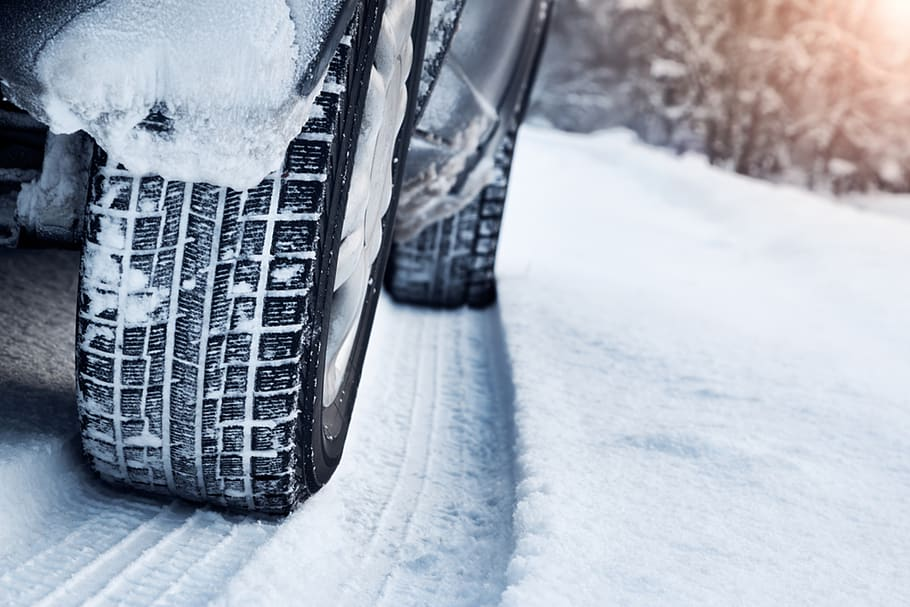
The Benefits of Season-Appropriate Tires: Winter Tires vs Summer Tires
Winter in Alberta brings a variety of challenging driving conditions, from icy roads to slush and plenty of snow. This is why knowing the difference between winter tires and summer tires is crucial for reasons such as safety, performance, and tire durability.
Winter Tires vs Summer Tires: What Makes Them Different?
Here at Nothing But Tires, we are often asked, “What makes winter tires different from summer tires?” Understanding the unique characteristics of winter tires vs summer tires is critical for every driver.
Safety: Winter Tires vs Summer Tires

In terms of safety, using the correct tires for the season can significantly reduce the risk of accidents. According to a study conducted by the Quebec Ministry of Transport, accidents causing deaths or serious injuries fell by 36% since the enactment of the Winter Tire Law. This underscores the importance of using the right tire for the season.
In winter conditions, neither all-season nor summer tires measure up. Without the enhanced grip and traction of winter tires, vehicles can skid on snow and ice, making driving risky. Conversely, using winter tires in hot weather causes rapid tread wear, poor handling on wet roads, and less effective braking.
Performance: Winter Tires vs Summer Tires
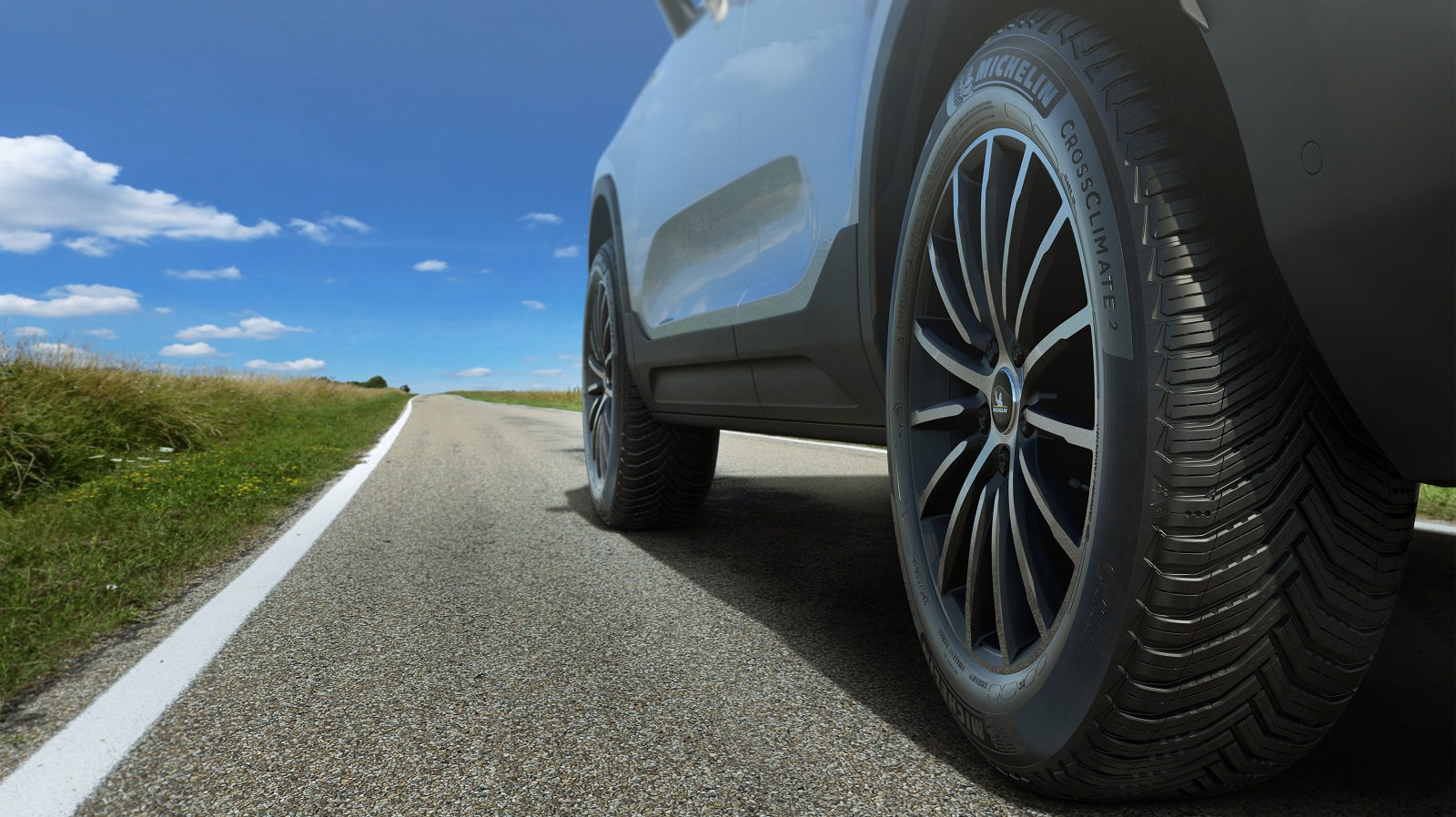
Performance is another significant aspect. Tire performance is optimized when each tire type operates in its intended conditions.
Summer tires use a harder compound and tread patterns for precise handling and fuel efficiency in high temperatures, and they are adept at reducing hydroplaning in wet conditions.
Conversely, winter tires, with their softer rubber compound and specific tread design, provide enhanced grip and control on icy and snowy roads. These features result in better braking and handling in cold winter conditions, ensuring increased safety for the vehicle and its occupants.
Durability: Winter Tires vs Summer Tires
The durability of tires can be greatly affected by using them in incorrect seasons. Summer tires used on snow will harden and become less flexible, leading to faster tread wear. Similarly, winter tires used in the heat will wear out faster due to their softer compound designed for low temperatures.
READ: Signs You May Need New Tires
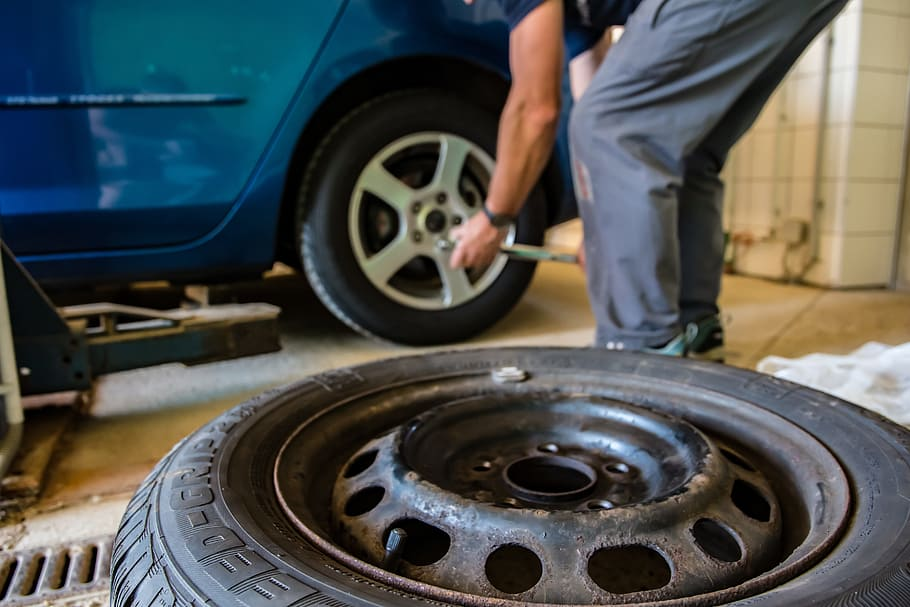
Identifying Winter and Summer Tires
In Canada’s diverse weather conditions, being able to distinguish between winter tires and summer tires can make all the difference in your driving experience and safety. Different tires are specifically engineered for optimum performance under different weather conditions.
This guide will help you identify whether a tire is designed for summer or winter temperatures.
Tread patterns
Tread patterns play a crucial role in tire performance, especially when comparing winter and summer tires. The differences in their treads are specifically designed to tackle the distinct challenges posed by warm and cold weather.
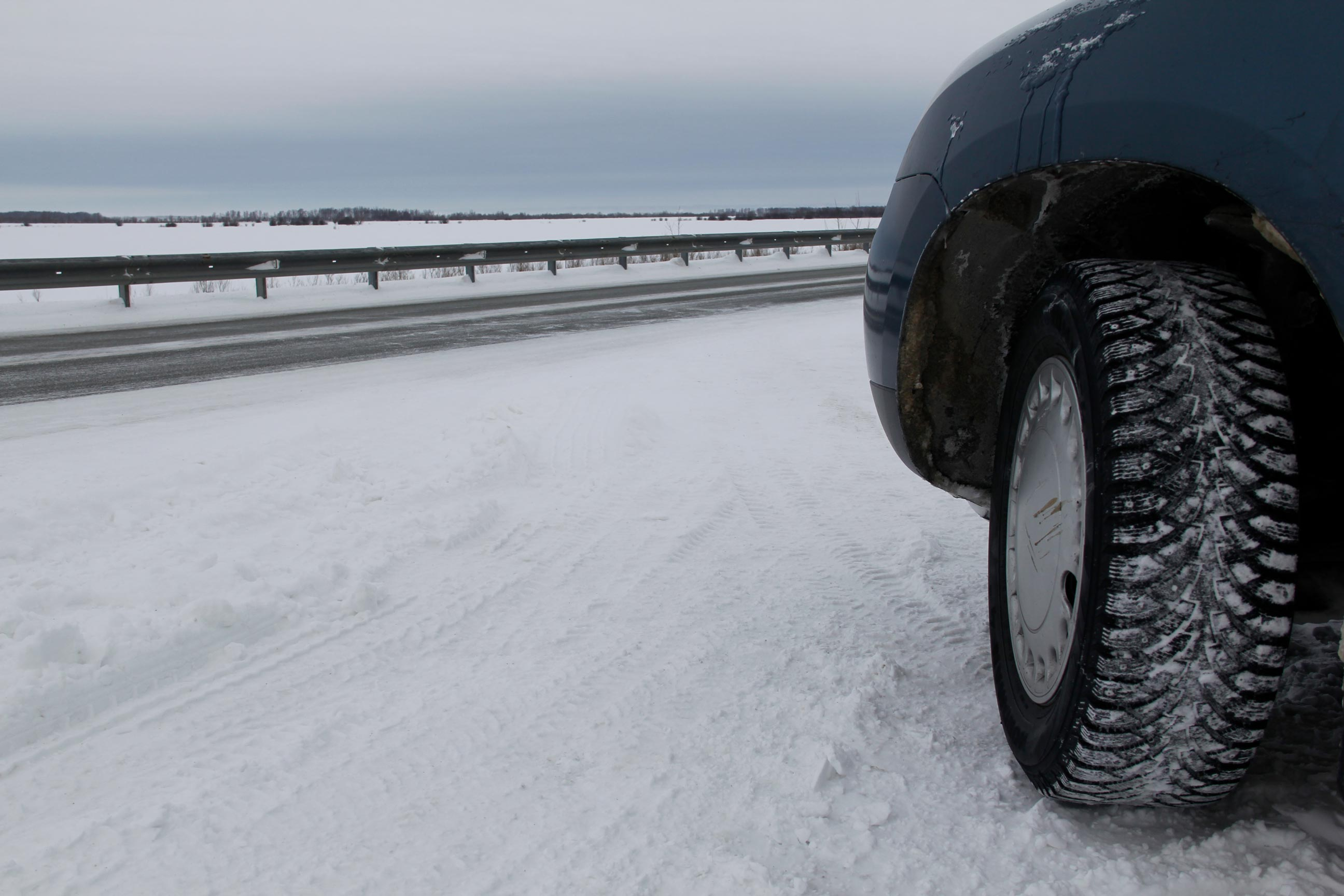
Winter tires are designed for cold weather and harsh winter conditions. A winter tire has specific tread patterns with larger gaps to provide a solid grip on icy conditions. These gaps provide better traction by allowing the tire to compact snow within them, essentially using the snow itself to grip the snow on the ground. The treads on a winter tire also contains a higher number of sipes – tiny slits in the tread blocks. These sipes increase the tire’s flexibility, aiding in grip and traction on snow and ice.

In contrast, summer tires have a simpler tread pattern with fewer grooves compared to winter tires. Their tread blocks are larger, which increases the tire’s contact with the road. This design improves stability, handling, and control in both dry and wet conditions. The grooves in summer tires are primarily designed for water evacuation to prevent hydroplaning during rain.
Tire compound
Tire compounds play a vital role in how a tire behaves in different weathers and conditions. This is especially important when discussing the differences between winter and summer tires.
Winter tires are designed to perform in colder temperatures, typically under 7°C (45°F). They use a specialized rubber compound that remains flexible and grippy in cold temperatures. This is crucial because as temperatures drop, many materials tend to become rigid and lose their flexibility. A tire that remains flexible can better conform to the road’s surface, maintaining a solid grip even in icy or snowy conditions.
The rubber compound in winter tires often includes a higher percentage of natural rubber and advanced silica-based compounds. The natural rubber can stay flexible at lower temperatures, while silica helps improve the tire’s adhesion on wet surfaces, particularly on snow and ice.
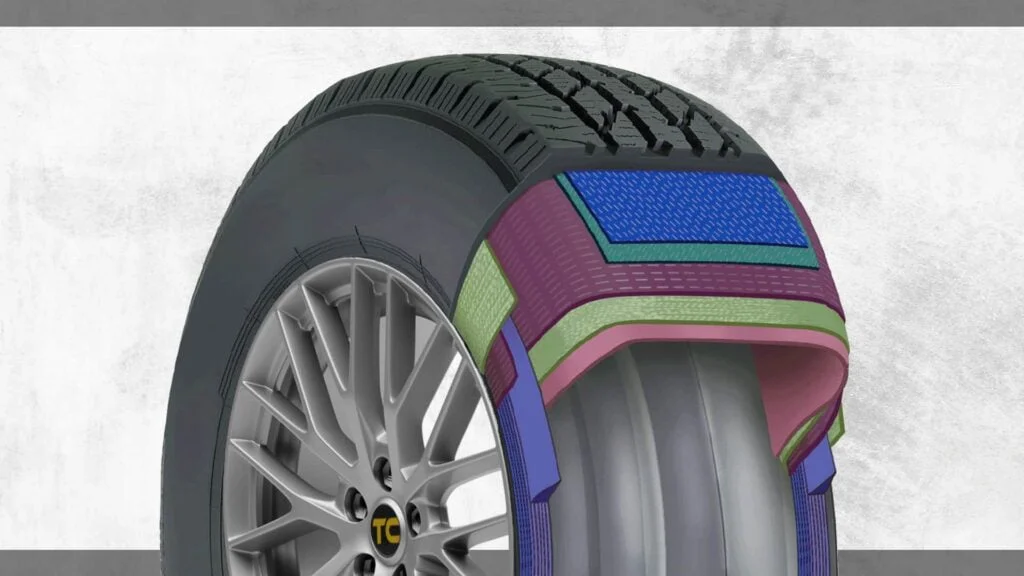
On the flip side, summer tires are designed for temperatures above 7°C (45°F) and are not meant to handle winter weather conditions. The rubber compound in summer tires is designed to remain firm and stable even in high temperatures. This is essential for maintaining traction and control of the vehicle on hot road surfaces.
Summer tires often use a tread compound that includes less natural rubber and more synthetic rubber. The synthetic compound resists softening in hot temperatures and reduces the risk of the tread blocks distorting under hard braking, cornering, or high speeds. This results in better handling and stability in dry and wet summer conditions.
Symbols
Look for symbols on the tire sidewall. When searching for winter tires, look for the snowflake symbol – a three-peaked mountain with a snowflake in the center. This symbol, known as the ‘Alpine’ or ‘Snowflake’ symbol, signifies that the tire has been tested and approved for severe snow service by the Rubber Association of Canada and the U.S. National Highway Traffic Safety Administration (NHTSA).
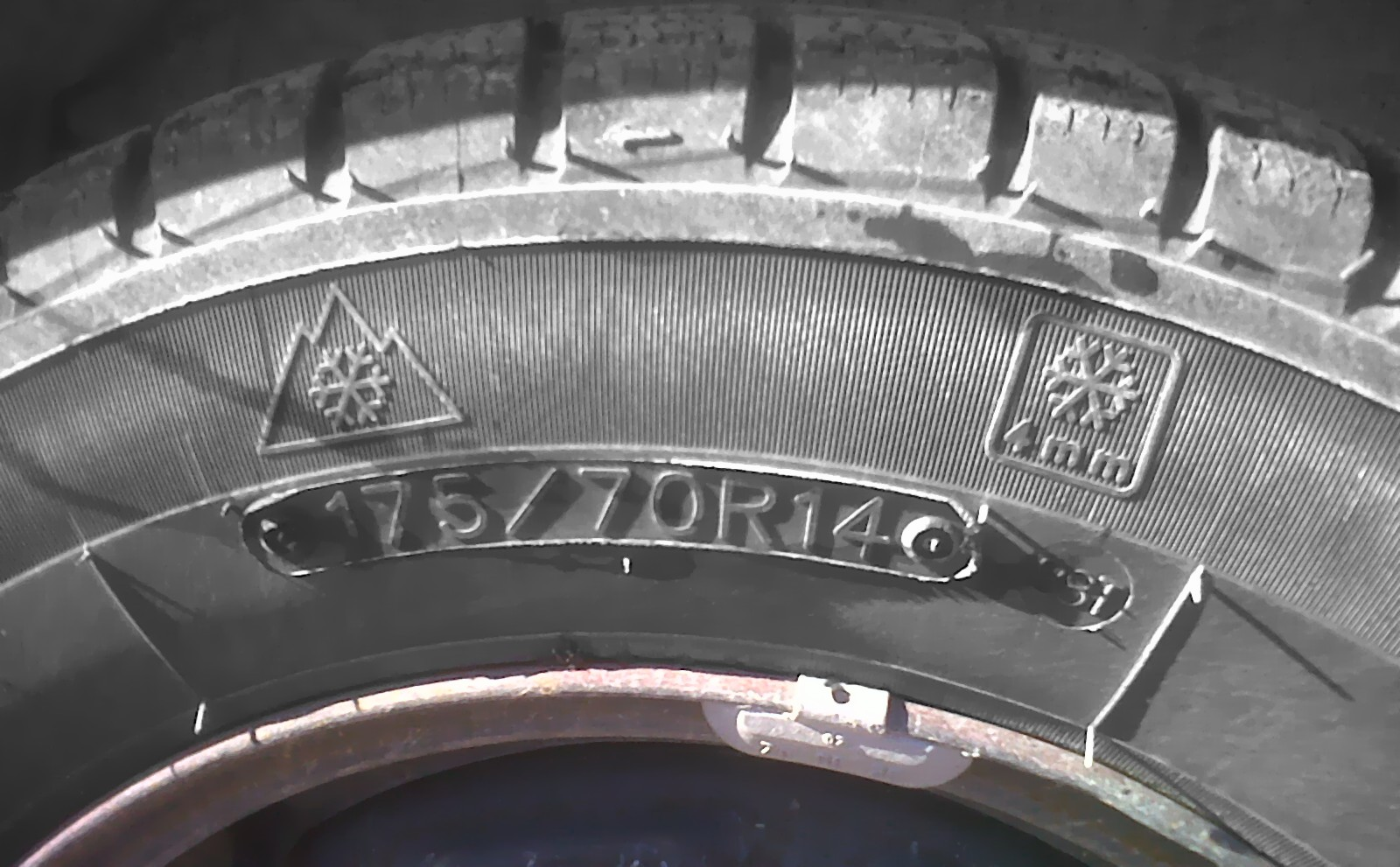
On the other hand, summer tires don’t carry this specific ‘Alpine’ or ‘Snowflake’ symbol. Instead, summer tires may have symbols indicating their speed rating and load index. The absence of the ‘Alpine’ symbol indicates that these tires have not been designed or tested to perform optimally in severe winter conditions.
Summer tires are made to handle dry and wet conditions in warm weather where the road temperature is quite high. They focus on providing excellent road grip, precision handling, and cornering ability, which are critical aspects of high-performance driving during warm weather conditions.
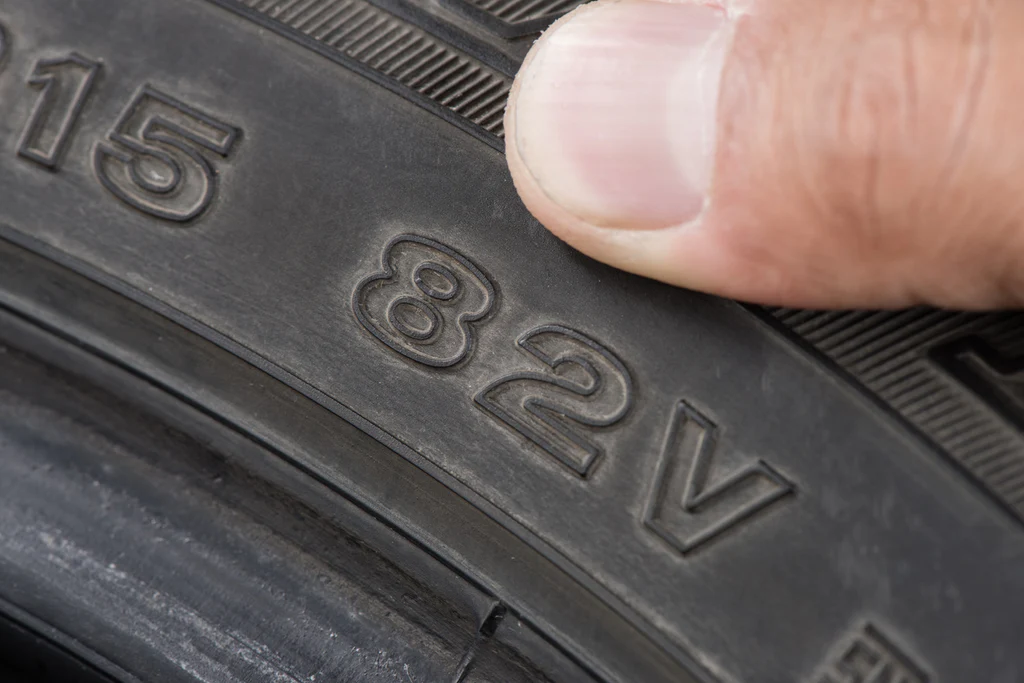
Tire Width
Winter tires, usually narrower, are a good tire choice for cold conditions due to their purposeful design. Their limited contact area enables them to penetrate through snow for superior braking and better control. They cut into the snow, slush and mud, reducing skidding.
On the other hand, the larger tire size of summer tires allows for a broader contact area with the road. This extra width enhances grip and handling, critical during high-speed warm-weather drives. Additionally, the increased surface area aids in efficient heat dissipation, maintaining optimal tire performance in hotter conditions.
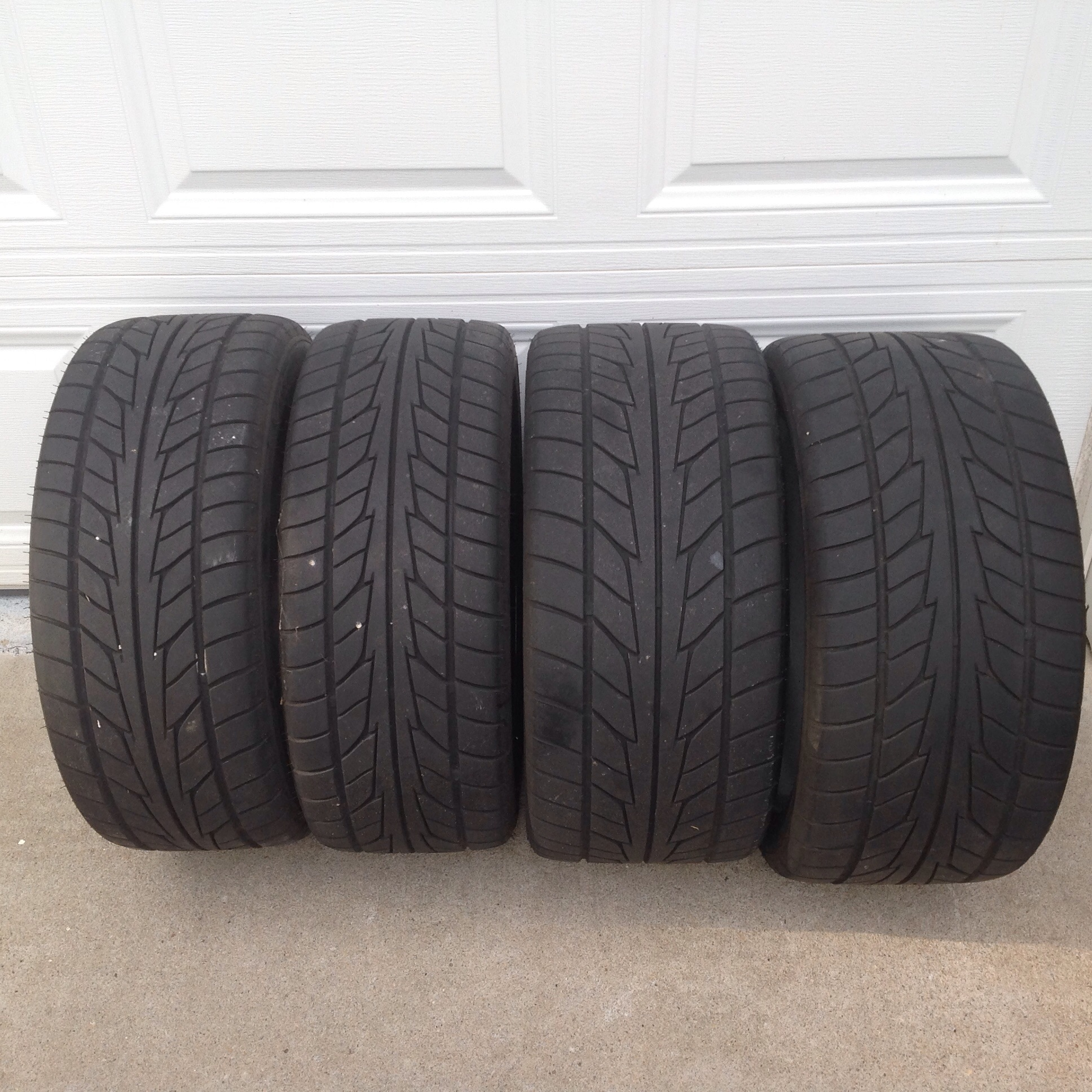
All-Season Tires vs Season-Specific Tires
Many drivers question if the price of snow tires or winter tires is worth it, especially when all season tires claim to provide a year-round solution unlike snow tires. But tire brands’ testing shows that in winter conditions, all-season tires simply can’t compete with the stopping power, traction, and control of winter tires. Even in cold temperatures, the best all-season tires underperform when compared to average winter tires.
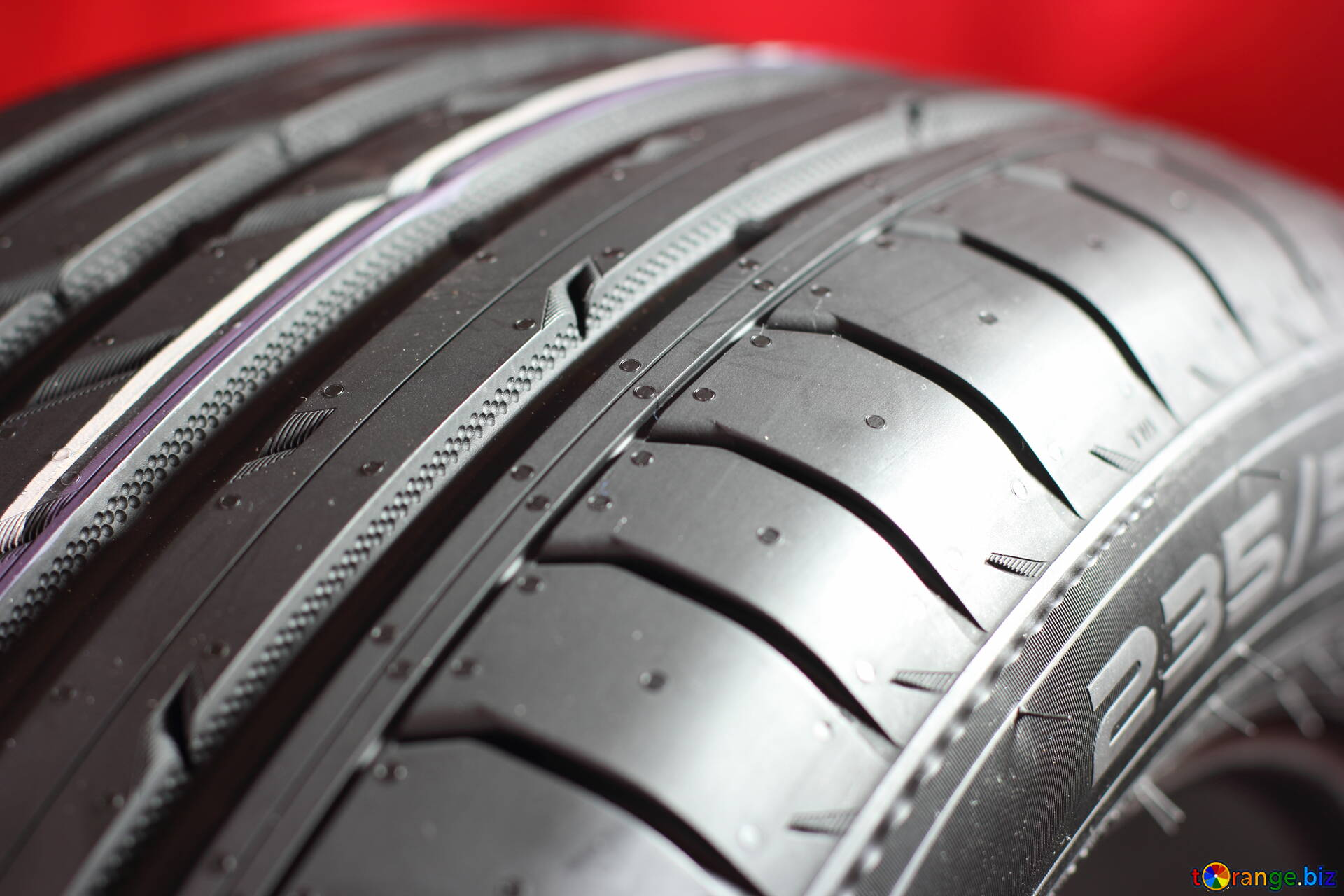
All-season tires are designed to provide balanced dry and wet performance levels in all weather conditions. The main advantage is convenience and cost saving as one set of tires can serve throughout the year, reducing the need for changeover.
However, they are exactly what their name suggests – a jack of all trades but master of none. All-season tires are not specifically designed to excel in extreme winter conditions or at high-speed heat-intensive driving. They can provide secure year-round performance, but cannot offer the same level of extreme grip and performance in any one specific season as compared to season-specific tires.
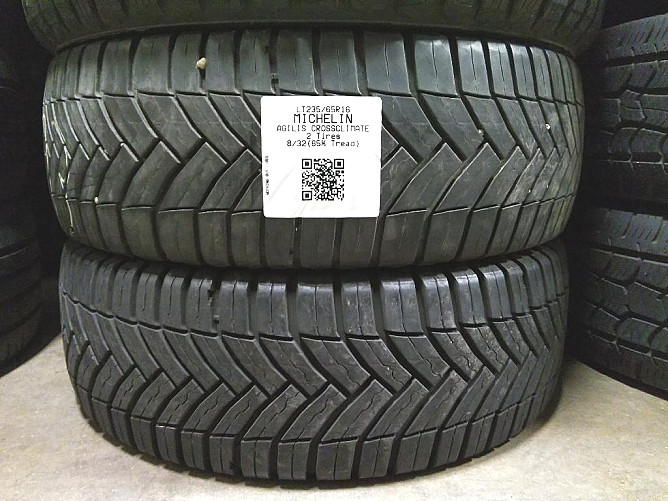
If you live in a region where the winter is severe, the safety benefits of winter tires far outweigh the convenience of all-season tires. Conversely, if you live in a warmer climate, summer tires might offer better performance. If your climate doesn’t have harsh winters and your driving is primarily city-based, all-season tires could be a practical choice.
The decision between all-season and season-specific tires ultimately depends on your location, driving style, and personal preference. Just remember that the importance of using season-appropriate tires cannot be overstated. It ensures safety, optimal performance, and extends the life of the tires, ultimately saving drivers from potential accidents and additional costs in the long run.
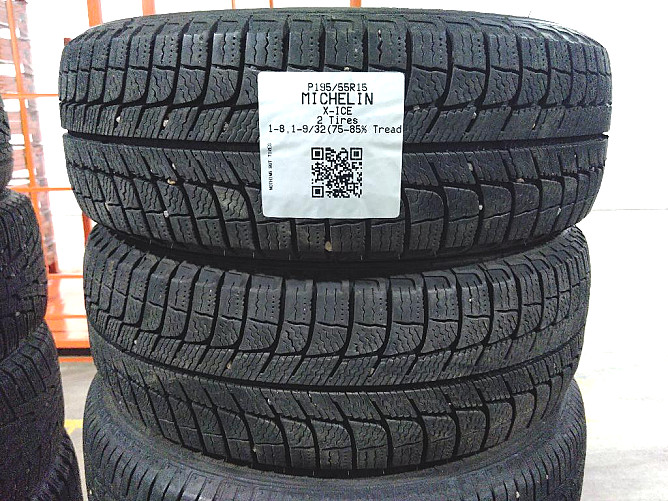
The Right Tire for the Right Condition
When shopping for winter tires, consider the specific model requirements of your vehicle, be it a car, a light truck or an SUV.
Remember, good tires don’t have to come at a high price. At Nothing But Tires, we offer a wide range of tires from leading brands at wholesale, low prices. Be it simple, regular tires for your car, or the best winter tires for your light trucks, you can trust our quality and expertise.
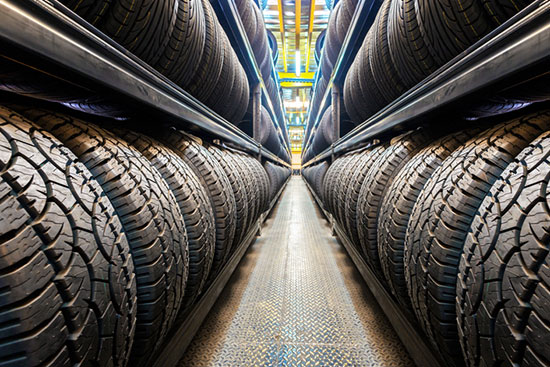
The right tires make all the difference in your driving experience, so switch as the temperature dictates. If you are in Alberta, we have the ability to ship at an incredibly affordable price! Shipping details
NBT Resources
Winter Tires & Snow Tires Resource
Winter Tires & Snow Tires Manufacturing Regulations
Calgary Winter Tires & Driving Conditions
Edmonton Winter Tires & Driving Conditions
Recommended Tire Pressure
Tire and Rubber Association
Toyo Tires
